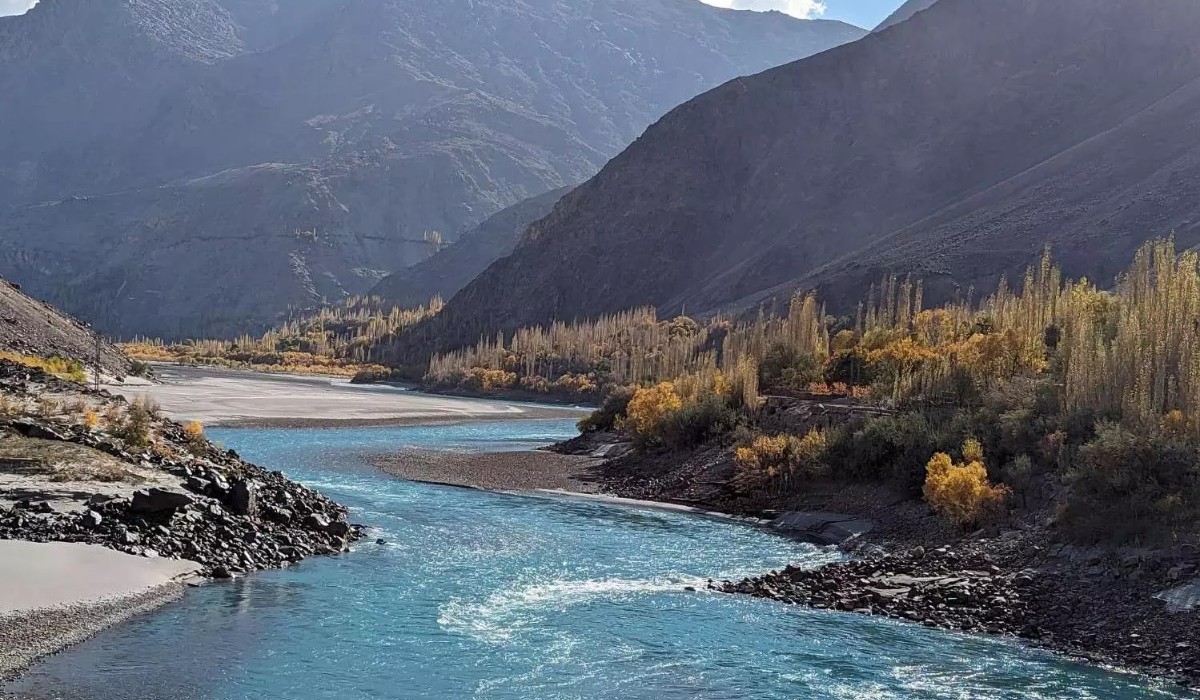India has decided to place the Indus Waters Treaty of 1960 “in abeyance” following a significant terror attack in Pahalgam, Kashmir. This treaty, brokered by the World Bank, has governed the peaceful sharing of river waters between India and Pakistan for over six decades, even during times of conflict. The agreement established that:
- India had unrestricted access to the waters of the three eastern rivers (Ravi, Beas, and Sutlej).
- Pakistan had rights to the three western rivers (Indus, Chenab, and Jhelum).
- India was permitted limited use of the western rivers, mainly for agricultural purposes and small hydroelectric projects.
With the suspension of the treaty:
- India is no longer obligated to share data or inform Pakistan about new dam projects.
- Pakistan’s agriculture, economy, and rural livelihoods, which are heavily reliant on the Indus River system, could be severely impacted, especially if water flow is reduced.
- In the short term, India could manipulate existing dams to limit water supply during critical agricultural seasons.
- Over the long term, India might build new dams to exert more control over the water, although this would take several years.
Experts note that India cannot immediately block water flow, as it lacks the infrastructure for such a move. Furthermore, building large dams in the fragile Himalayan region presents risks for India as well.
Political Implications:
The water dispute may escalate tensions, especially concerning Kashmir. Both nations could use the issue to rally public sentiment and heighten political propaganda.
Legal Aspects:
India has not formally withdrawn from the treaty, as there is no provision for an exit. The meaning of “abeyance” remains unclear, raising questions about whether this is a temporary suspension or a step toward complete withdrawal.
In summary, while Pakistan is vulnerable to the consequences, the extent of the impact will depend on the specific actions India takes. India must tread carefully, as its decisions could also affect its own interests.











